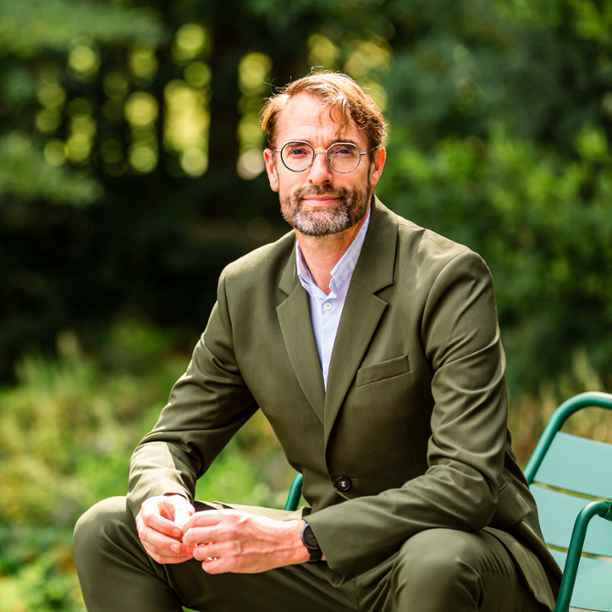According to a recent Bloomberg report, we will have to spend USD 1,000 billion each year if we want to protect global biodiversity.
Is that a lot of money? Absolutely! It is around the same amount as what the Dutch economy produces each year (Dutch GDP). But still, it depends on how you look at it. Currently, robbing nature of its assets costs us virtually nothing. No one pays the bees that pollinate flowers a salary or remunerates the rain forest for acting as the lungs of our planet. Even though the global economy relies heavily on ‘ecosystem services’: over half of all economic activity depends on nature. If nature collapses, so will the world economy.
If we look at it that way, EUR 1,000 billion is a bargain. Especially if we consider that this investment in biodiversity will also contribute to solving the climate crisis. So let's do it! The most obvious way to achieve this would be through our governments. By prohibiting exhaustion through laws and regulations, by putting a price on extraction of nature for economic production, by providing subsidies for ecological recovery, possibly by collectively buying up land, by restoring nature. Such ‘real’ prices would obviously be higher but would ensure that users make more carefully considered decisions. And just in case someone is going to argue that this will cause distribution issues and cause the common man to feel that this is not his problem: of course, that needs our attention. But that is distribution policy, not protection policy.
But it seems that my way of thinking is too simple. There will always be people who will try to cash in on this: this, too, can be solved by the market! Because the market is efficient! And that is how nature sales lingo develops: nature-based solutions, voluntary carbon markets, engineering with nature, etcetera.
Nature as a new asset category, commodification of a public asset. The idea is quite simple, as it is for all investments: you have an investment, a cashflow and a brokerage fee. Whenever the cashflow is mainly of interest to private parties, as is the case for greenhouse gas credits, the same problems emerge as we see in markets: short term-driven and reductionist. Anything to speed up the process of providing greenhouse gas credits to parties who will then not need to reduce their own emissions as much. This results in a Wild West of standards and certificates, where claims of nature recovery are easily made but hard to verify. What definitely works: it will fill the pockets of financial parties that cash the fee. And if the private risks get too high, public support is called in to de-risk the asset. For the common good, our future, our nature. Which government can resist making such an offer?
Should we then just forget about this - this involvement of private capital? No, I don’t think so. We do not have that luxury. We need also private capital to accelerate nature restoration. We need to try lots of things, set the right conditions and public and private need to work together. But never just to achieve financial returns. A public good that is first extracted by markets to make returns cannot be restored on the same conditions. Nature is too precious to be offered at a bargain price.
This is a translation of Hans Stegeman's column in , published11 April 2023.


